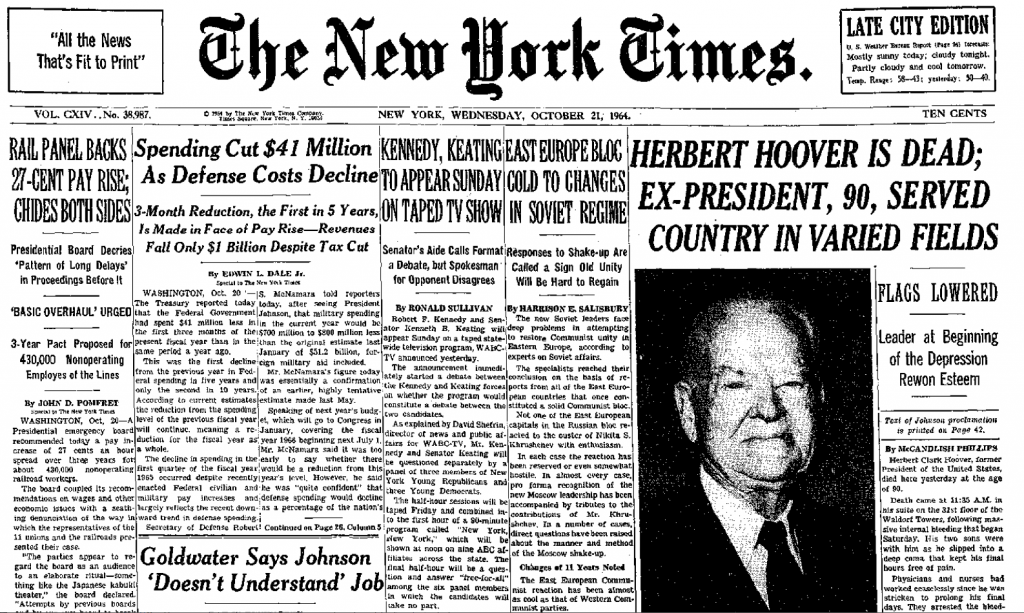I’ve been tending my inner geek lately. First, I’ve been teaching myself Python. Second, I’ve been reading Gödel, Escher, Bach, by Douglas Hofstadter.
This is my third attempt at reading this book. The first time, in college, I got less than 100 pages into it before giving up. The second time, nine years ago, I got more than halfway through, but then I got bored with it, laying it aside one day and never picking it up again. This time, I’m determined to finish it, and I’ve gotten further than my last two tries, so things look promising. I don’t know how to describe this book: it’s about math, logic, computers, consciousness, intelligence, thinking, structure. It’s rough going at times, but tons of fun to read.
When I was a kid, I thought there was a clear line between math & science people, who were left-brained, and language arts & social studies people, who were right-brained. It was hard to fit myself into just one of these categories, because I loved math, but I also liked reading and history. (I wasn’t big on science.) And language arts was both left- and right-brained: alphabetizing and spelling and grammar were very rule-based and easy to get right, but reading comprehension and literature appreciation and creative writing were squishy and murky, and it was harder to come up with the right answer all the time.
I decided I was more of a math/computer guy. I loved math, and I took a computer class in elementary school and learned BASIC. For my ninth birthday in 1982, my parents got me my very first computer: a TI-99/4A, from Texas Instruments. (Pitched by Bill Cosby!) We hooked it up to a small TV in my bedroom (it didn’t come with a monitor), and I used to sit at the keyboard, typing in long programs in BASIC, line by line, from an open computer magazine in my lap. Or playing Munch-Man or Parsec or Adventure.
But in middle school or high school, something changed. I evolved from a math/computer-type person into something more romantic. I was still great at math, but I loved theater, I loved history, I loved to read, I enjoyed experiencing my emotions and thinking about the way I felt. People and words and ideas seemed more interesting than numbers. I didn’t start dressing in black or quoting Byron or anything like that. But I feel like I became irresponsible: I didn’t do as well on my college applications as I would have liked, and I became pre-med in college only to drop it for a history major after three semesters, trading a certain future for a murkier one. I didn’t really know what I wanted.
But now I’m delving back into computer programming and learning about number theory and logic, and I feel like a kid again. It’s sheer pleasure. I’m enjoying it for the same reason I love puzzles: it’s disconnected from anything morally weighty, unlike history. It’s timeless. It doesn’t go out of date. It’s just… fun.
I’ve always been intrigued by people who defy categorization, who transcend stereotypes: nerds who are secretly cool, cool people who are secretly nerds, romantic math geeks, high-achieving students who love watching TV. This is very much a Disney TV-movie way of looking at things, but I don’t care. I’m intrigued by people who are well-rounded.
Is it any wonder that my partner is a computer-programming musical-theater-loving TV afficionado with a master’s degree in library science?
That’s not the only reason why I love him, but I’m sure it’s part of it.
On with Python and Gödel and Escher and Bach.

